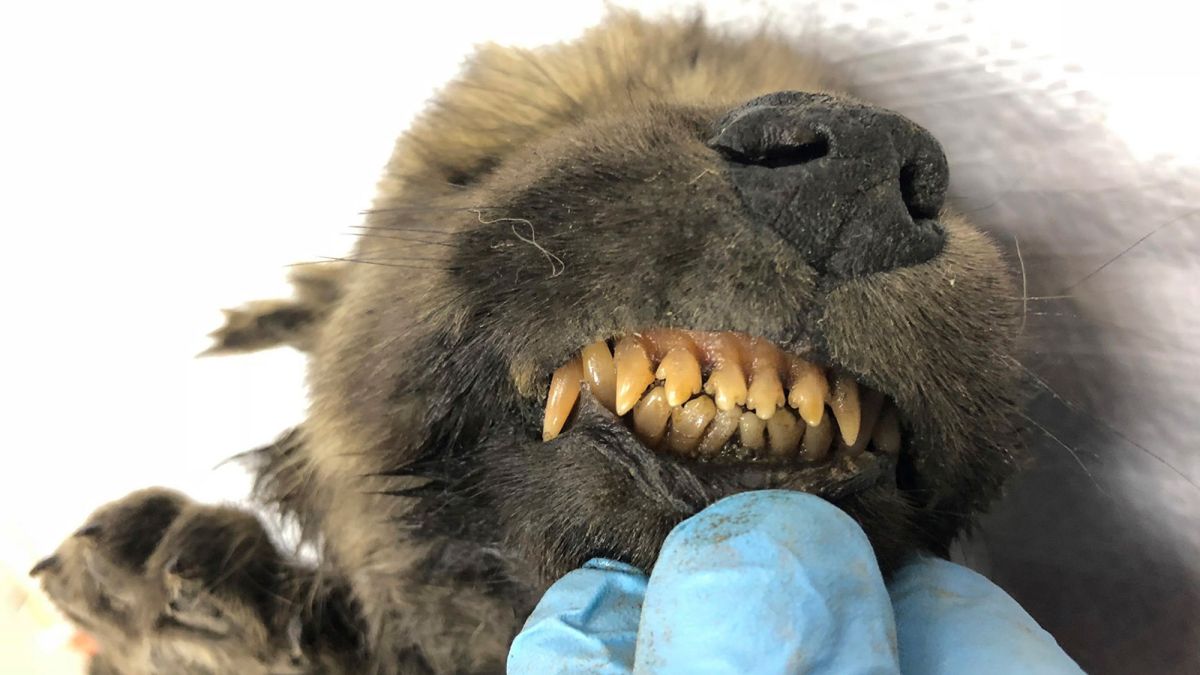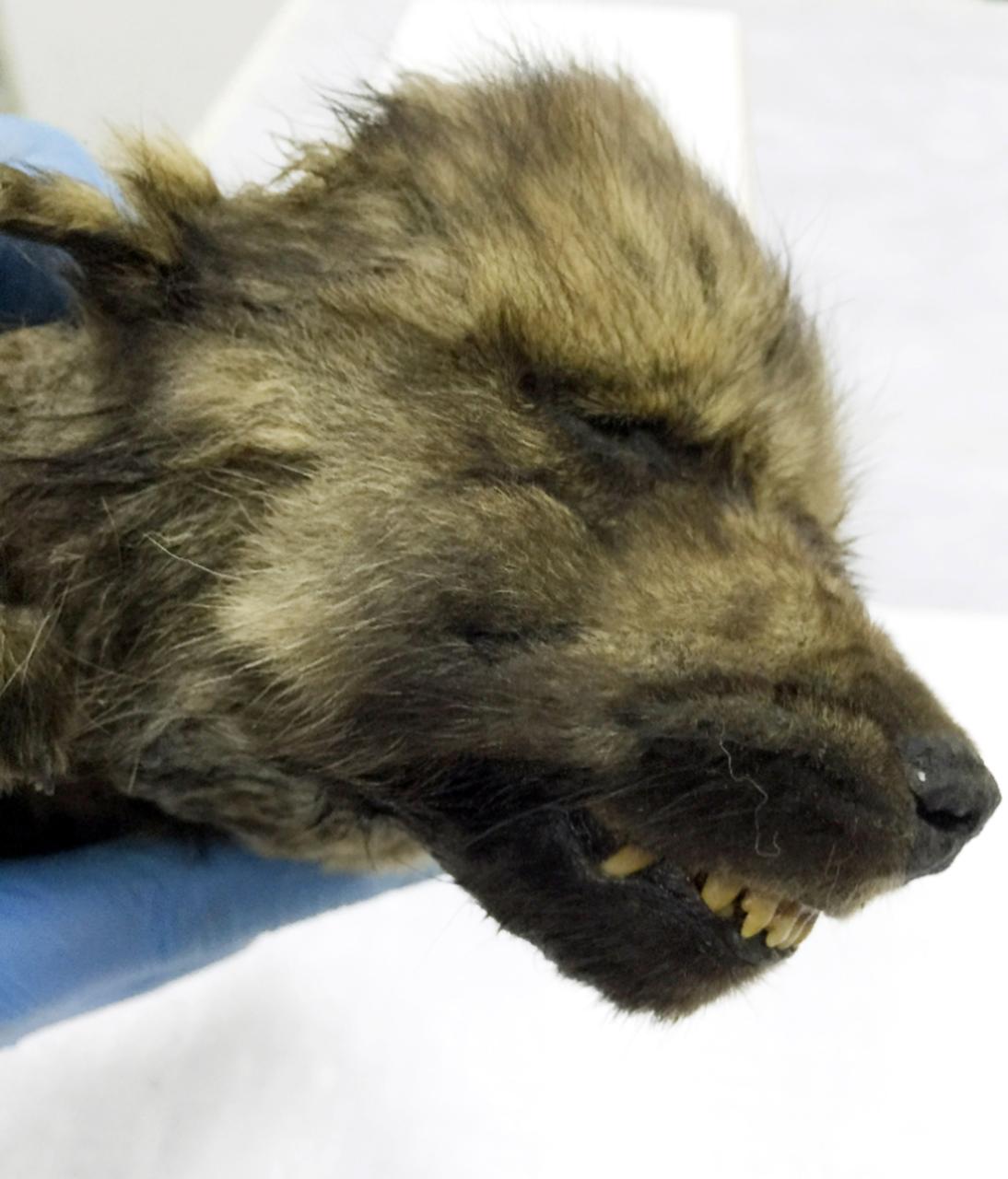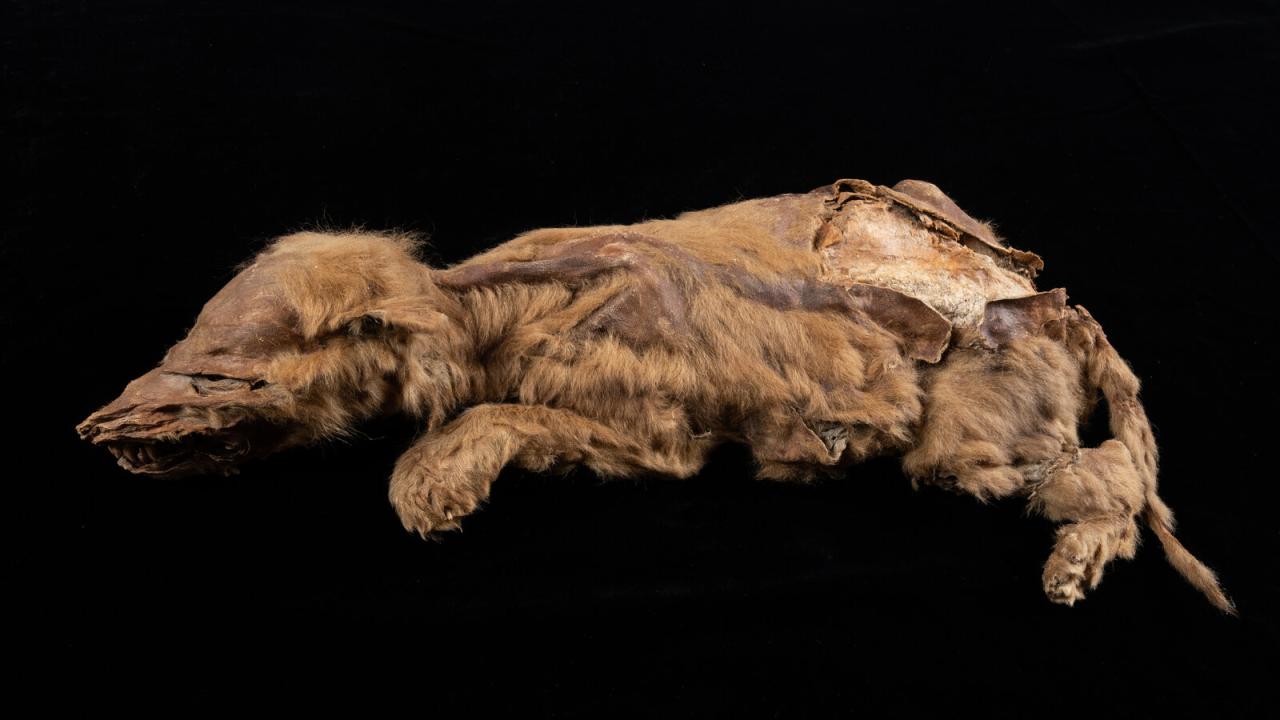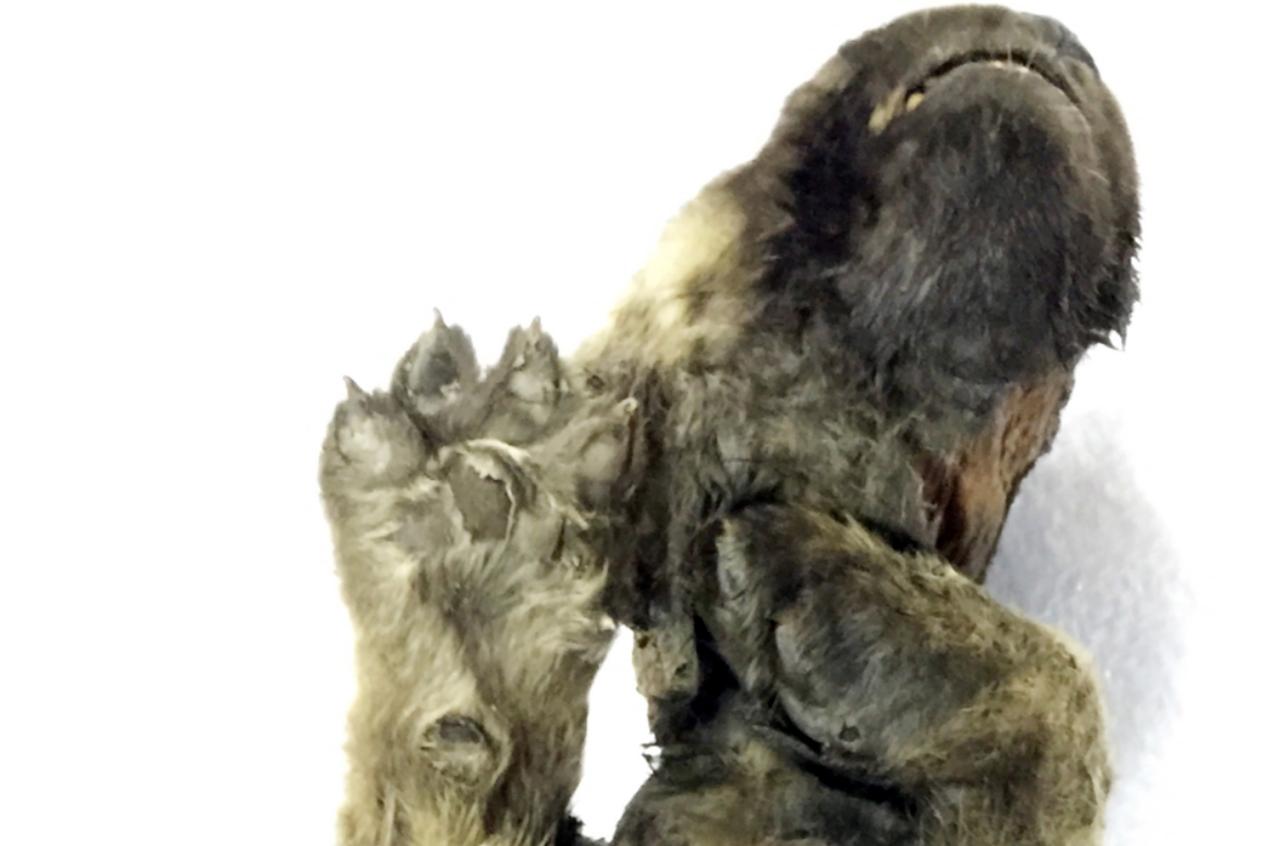A new study shows that the mummy of a puppy discovered in Siberia is not a dog. Rather, this dog is actually a young wolf. The results of this study were published June 29 in the journal Nature.

In a new study aimed at understanding dog domestication, researchers analyzed the genomes of puppies, along with the genomes of 72 ancient wolves. The puppy, found in the Siberian permafrost in 2018 and whose lineage has been disputed since, was nicknamed “Dogor” and kept completely intact, with his coat. shaggy and bearded.
At first, scientists couldn’t tell if the 18,000-year-old puppy was a wolf or a dog, but new analysis shows it’s a wolf – and it’s not closely related to dogs.
Anders Bergström, a postdoctoral fellow in paleogenetics at the Francis Crick Institute in London, said: “We know that dogs were the first animals to be domesticated during the ice age. But other aspects of their domestication are some of the great mysteries of human prehistory. We don’t know where in the world it happened.”

Dogs and wolves
The Dogor genome is one of 66 previously unsequenced ancient wolf genomes studied by Bergström and his colleagues, who also looked at the genomes of five ancient wolves that have been identified. earlier sequenced and another ancient wild dog, another type of wild dog still found today in parts of Asia.

Researchers are looking for hints about the origins of domesticated dogs (Canis lupus Familris). Apparently, dogs were domesticated from wolves (Canis lupus), but the genes of modern wolves have changed too much over the ages to reveal which wolves have abandoned the wild way to cooperate with humans. .
To determine the closest wolf ancestors of the first dogs, says Bergström, it is important to look at wolves from the time when dogs were domesticated – from about 30,000 years ago to 14,000 years ago.
72 samples covering 100,000 years of prehistory in Europe, Siberia and northwestern North America. The genome reveals that wolves thrived during the ice age, with a globally connected population.
The most intriguing results, however, involved the transition from wolf to dog. The researchers found that dogs are more closely related to ancient wolves from Eastern Eurasia than to ancient wolves from Western Eurasia.
“This suggests to us that perhaps domestication occurred somewhere in the East, somewhere in Asia, and perhaps not in Europe,” says Bergström. However, Asia is huge; It is very difficult for us to predict exactly where this process took place.”
Northeastern Siberia, where the Dogor was found, is unlikely to be the starting point for the genetic transition, says Bergström, as wolves from the region are not closely related to the oldest dogs, says Bergström. . But there are many other areas in Asia that have yet to collect and study ancient wolf DNA, so it is possible that the pre-dog wolves came from a location that has never been sampled.

The first domesticated dog in Asia?
Genome analysis also tells the researchers that dogs from the Near East and Africa received part of their genes from an unknown Eurasian origin in the West.
There are two possible explanations for this. The first was that dogs were domesticated in Asia, and as they moved westward, they mixed with local wolf populations, carrying the western Eurasian wolf gene.
Another possible explanation is that domestication occurred twice, in both more eastern and western locations, and the dogs from these two domestication events eventually mixed.

Whatever happened, Bergström said, it must have happened before 7,200 years ago, which is the age of the oldest canine found in the Near East. That specimen has both eastern and western genetic contributions.









